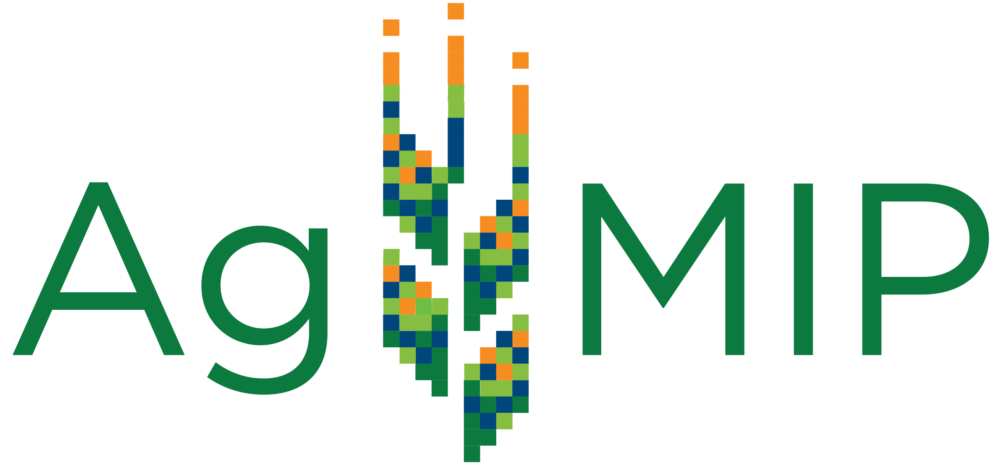New study demonstrates high potential for multi-model assessment
of regenerative farm practices
By Natalie Kozlowski
25 July, 2025
A new paper recently published in Scientific Reports showcases the utility of multi-model approaches for farm planning. The team was led by Bruno Basso at Michigan State University, who is also the leader of the AgMIP Soils Group and a top researcher in the field of sustainable agriculture modeling.
Basso et al. utilize a multi-model ensemble (MME) that quantifies soil organic carbon (SOC) sequestration and nitrous oxide (N2O) emissions. The MME consists of eight process-based cropping system models (CSM) covering 12 U.S. Midwest states across ~46 million hectares. The study examines eight management scenarios representative of agricultural practices used in the U.S. Midwest, including both business-as-usual and regenerative agricultural scenarios, such as cover cropping, reduced or no-till, crop rotations, and precision fertilization. Through this method, a more accurate and dynamic baseline that accounts for changes in soil carbon is established, which leads to a better estimation of the net impact of regenerative agricultural practices.
“This study underscores the substantial spatial and system-specific sensitivities in the ways that conservation farm practices play out. It is important that we continue to grow modeling capabilities to understand which areas and practices have the highest potential for application, as well as to identify research questions that would allow us to reduce key uncertainties that hold back innovation,” says Alex Ruane, a co-author on the study and Research Physical Scientist at NASA GISS and AgMIP’s Science Coordinator.

Dr. Bruno Basso
Michigan State University
AgMIP Soils Team Leader
By more accurately quantifying SOC and N2O with a higher certainty, as well as the outcomes of regenerative agriculture practices, a more robust scientific basis is provided to further improve these practices and better inform policy decisions. By considering both SOC and N2O, Basso et al. provide a more complete assessment of actual climate benefits, since some agricultural practices may increase SOC, but also emit high levels of N2O.
Basso states, “At AgMIP, we pioneered the use of multi-model ensembles to reduce model uncertainties and examine how soil, genetics, management practices and climate interact to influence yields and environmental impacts. Our study is novel because no previous work has evaluated the benefits of farming practices on yield and climate across such a large spatial scale. We aim to help farmers, policymakers and private companies make more informed decisions to increase resilience and resource use efficiency.”
The Basso et al. study will serve as a foundational aspect of future research aimed at SOC sequestration and quantifying N2O emissions in different regions and on larger scales, including a new effort coordinated out of Columbia University with involvement from many AgMIP modeling groups. This work will also support the ability to test potential management practices that may not be currently implemented, and therefore expand the information and data readily available to support farmers in their decision-making.
Additional Resources:
Read the full press release from Michigan State University here: https://msutoday.msu.edu/news/2025/msu-team-develops-scalable-climate-solutions-for-agricultural-carbon-markets
Read Basso et al., (2025) paper in Scientific Reports: https://www.nature.com/articles/s41598-025-08419-y?utm_source=rct_congratemailt&utm_medium=email&utm_campaign=oa_20250711&utm_content=10.1038/s41598-025-08419-y
